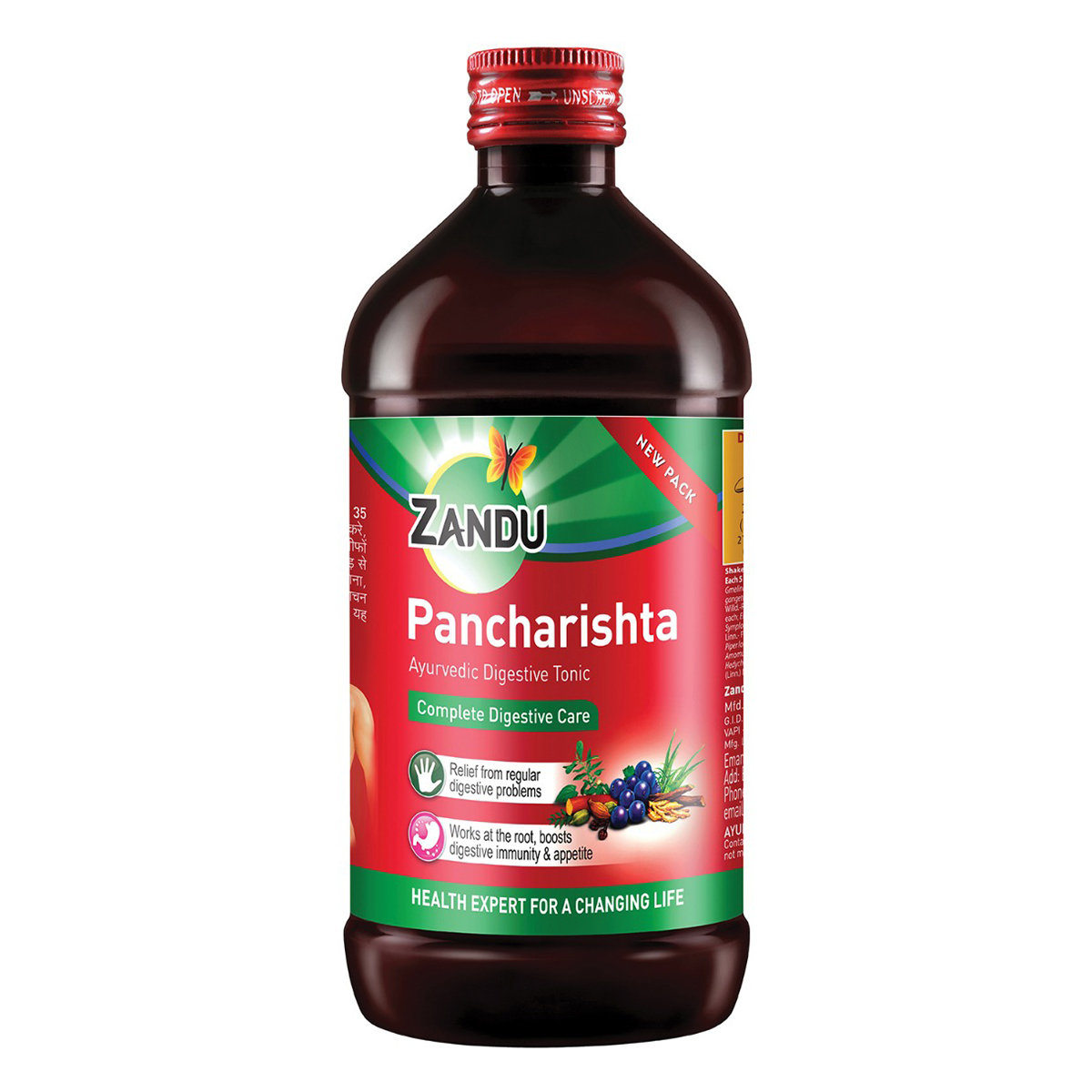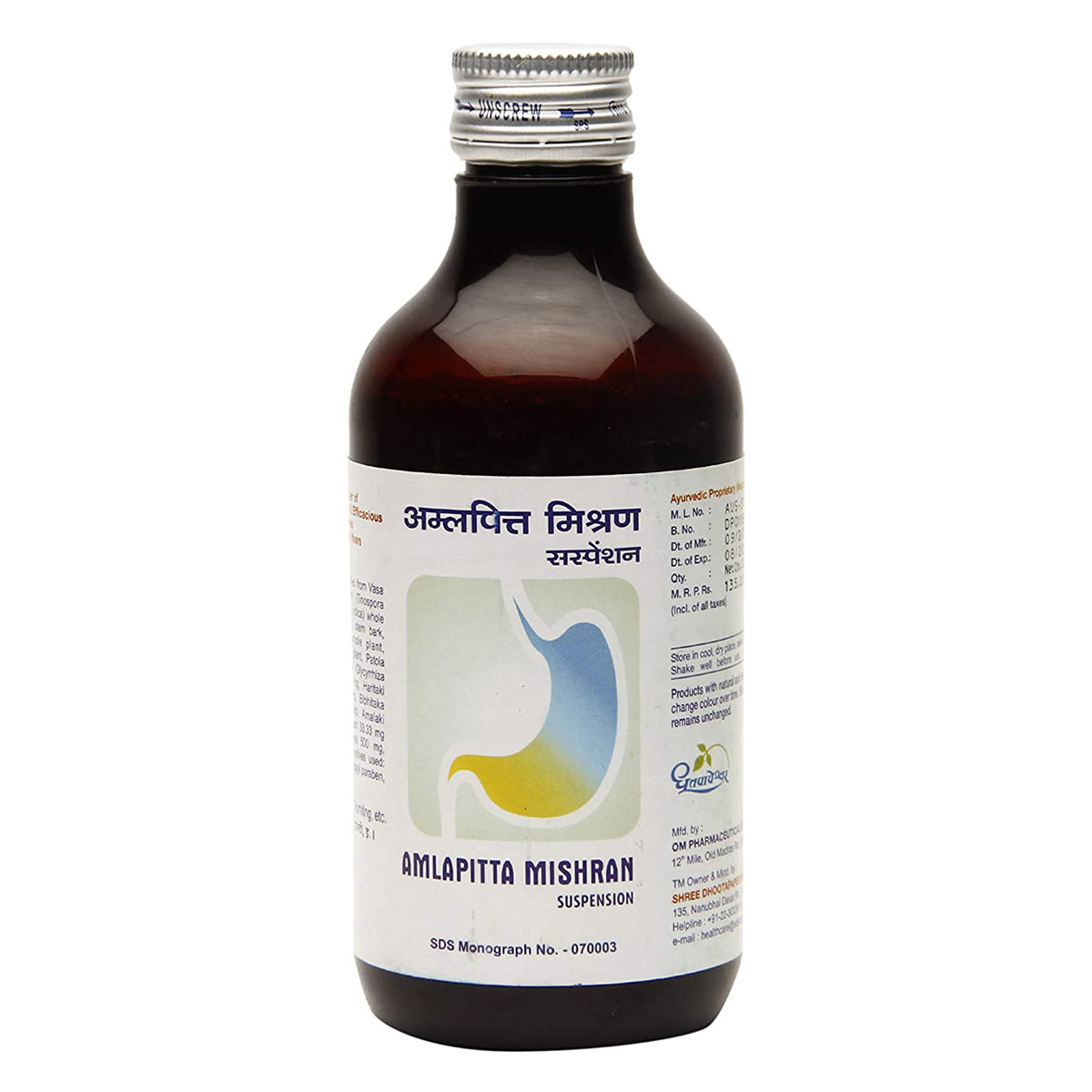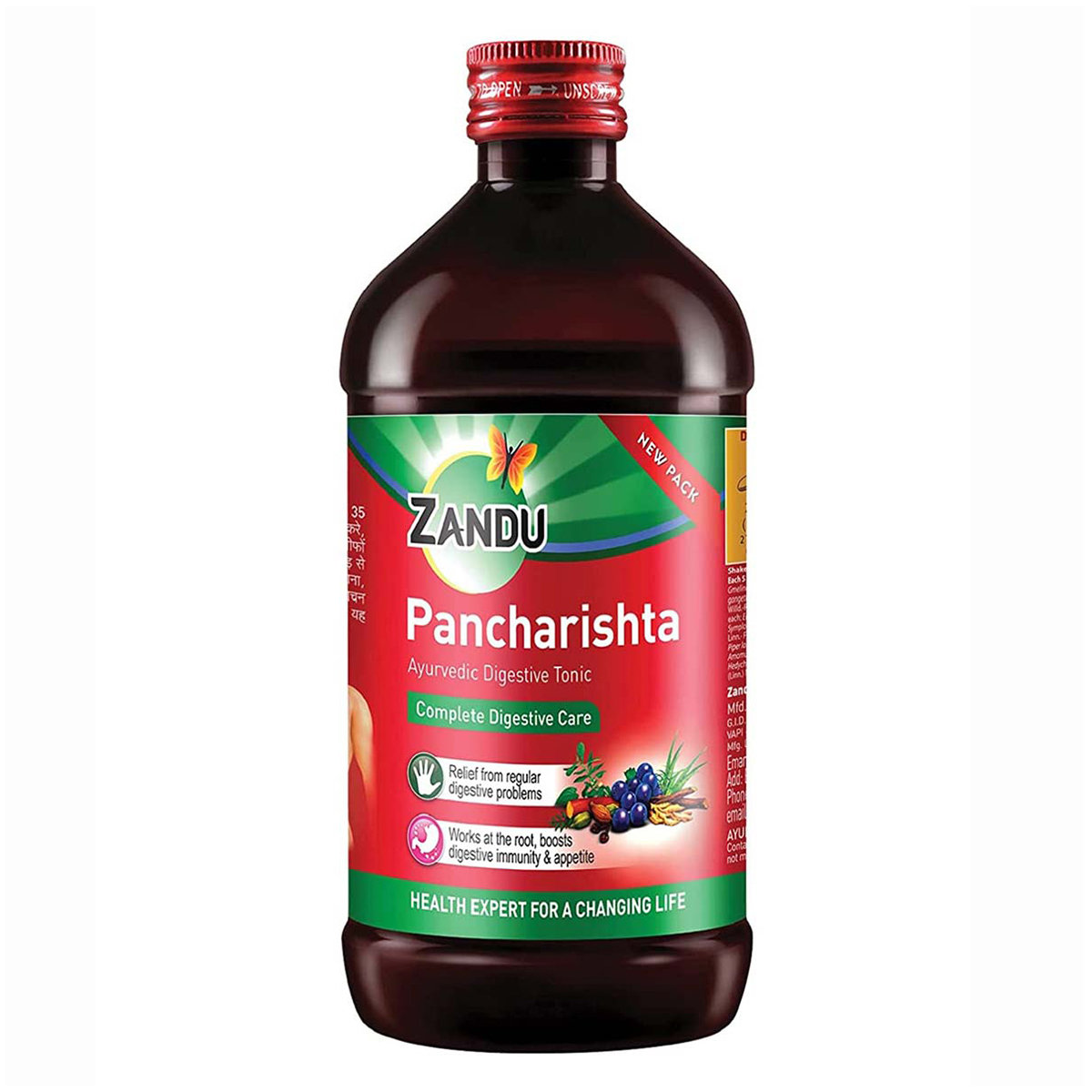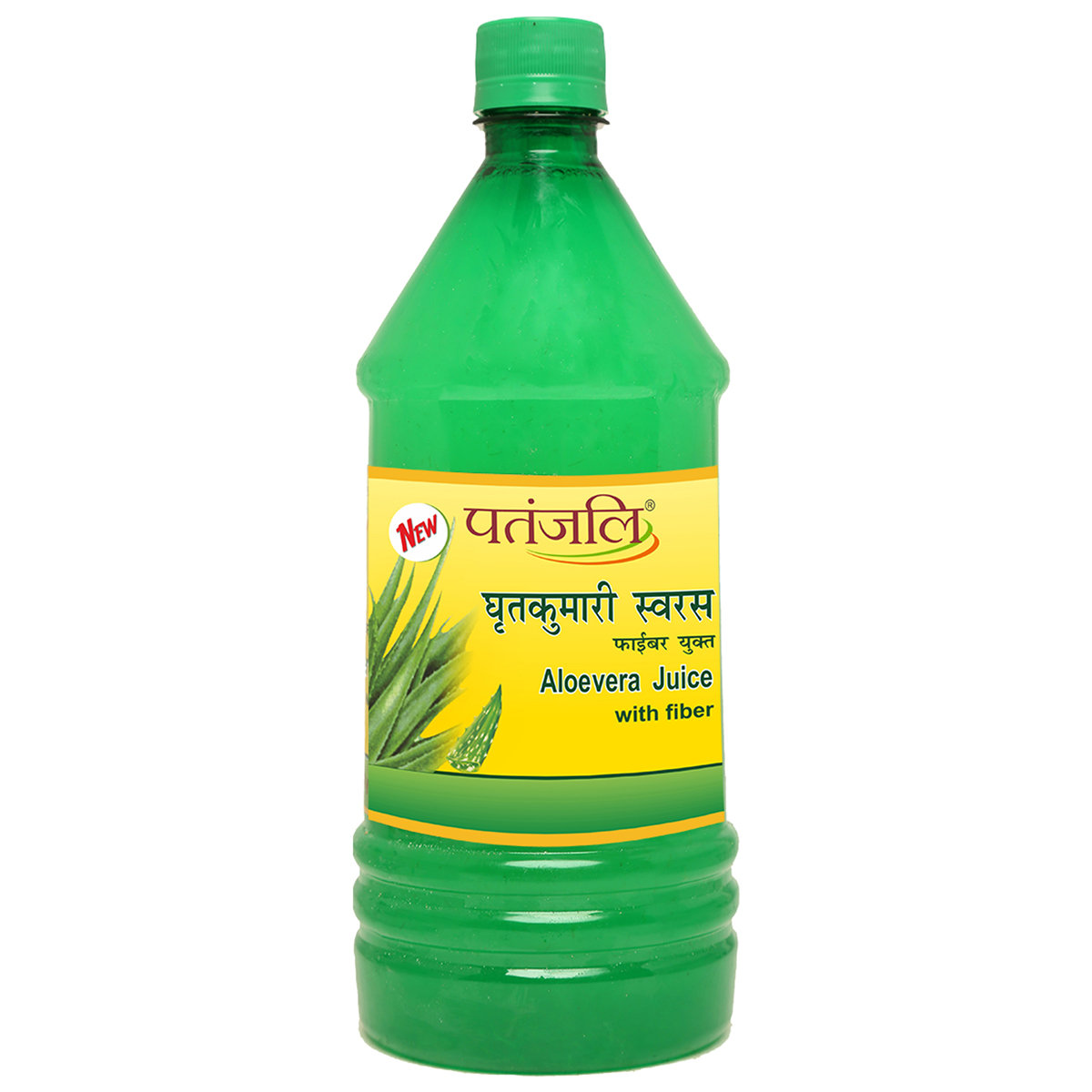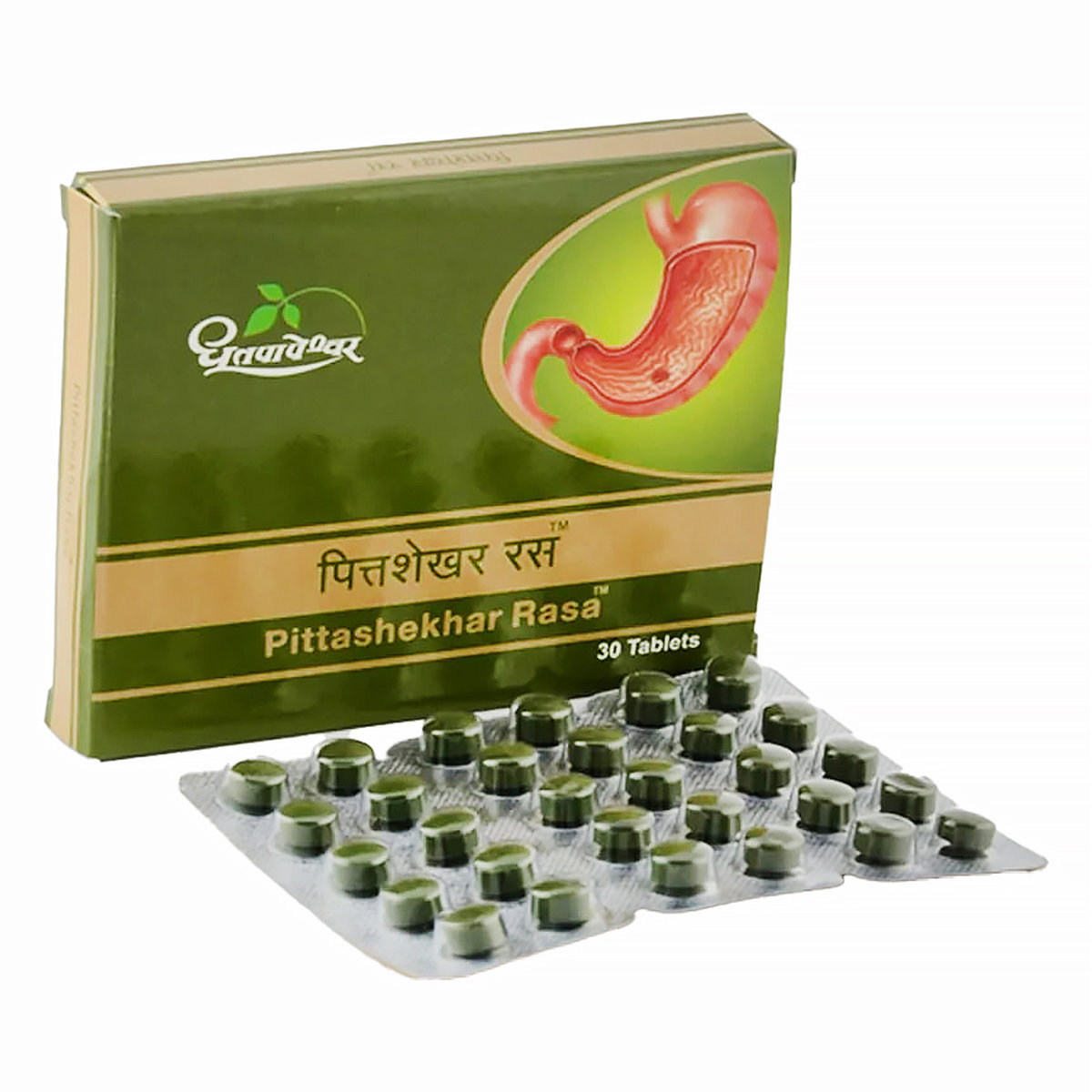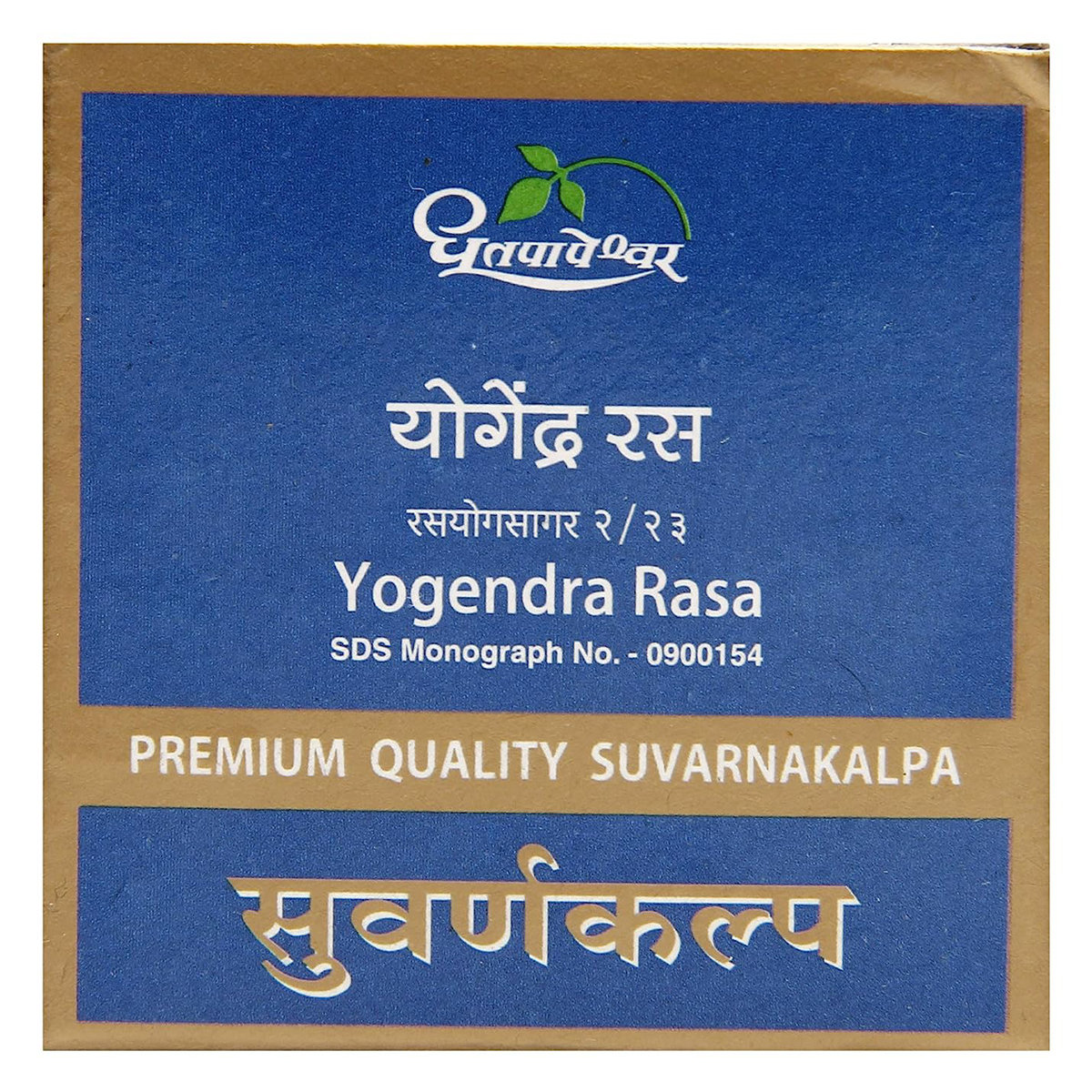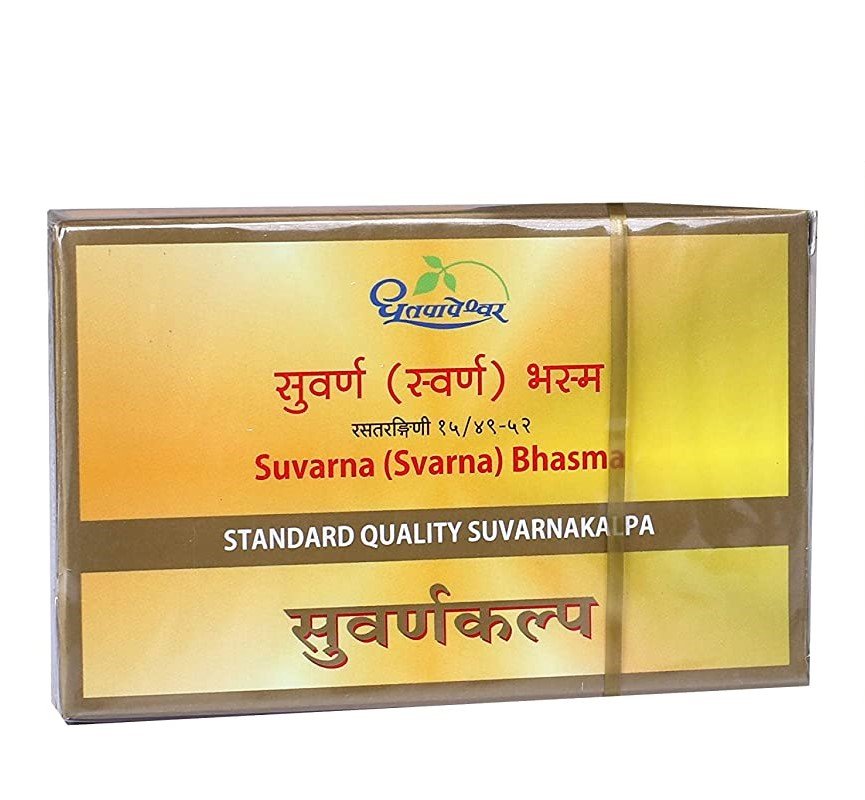Esomac 40mg Injection
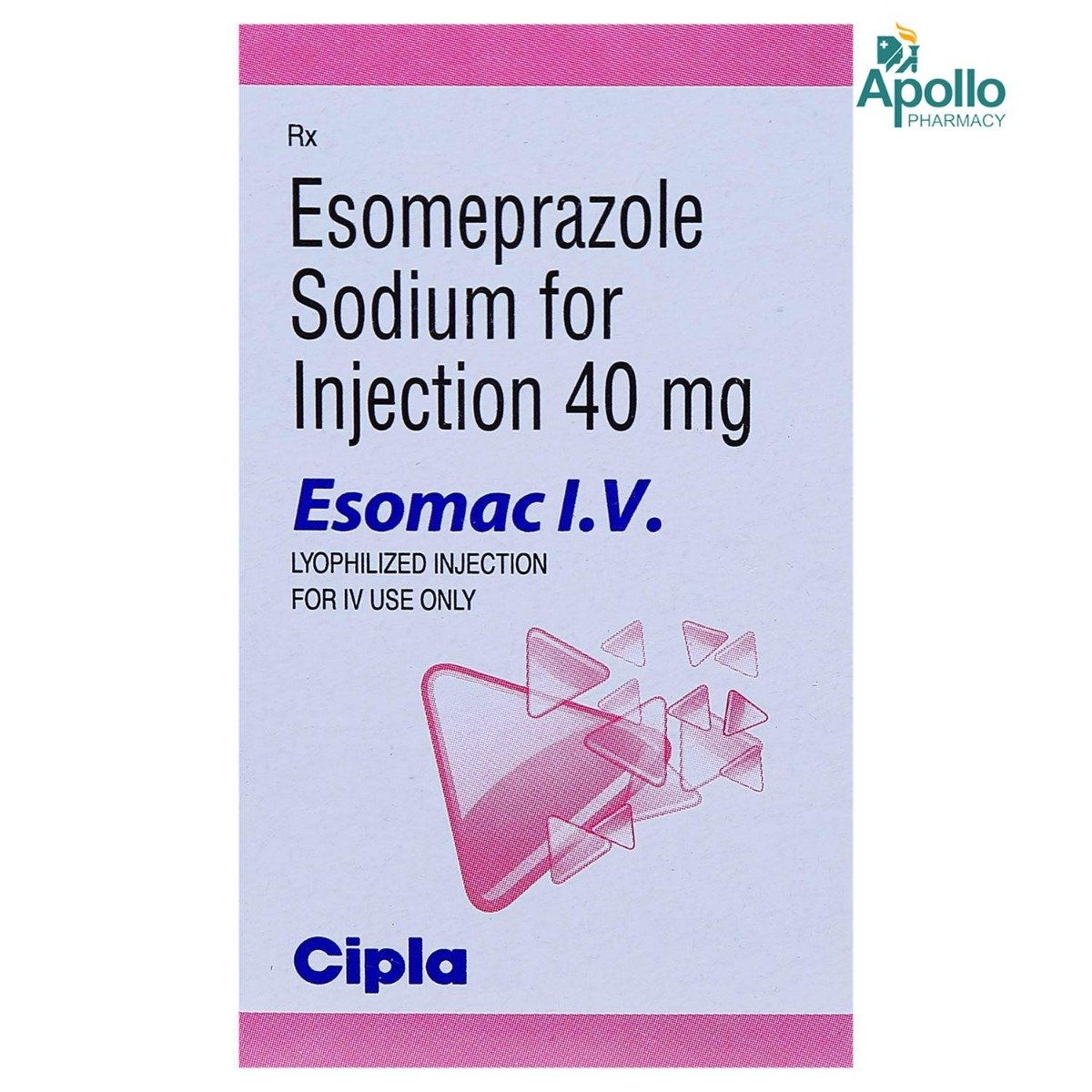
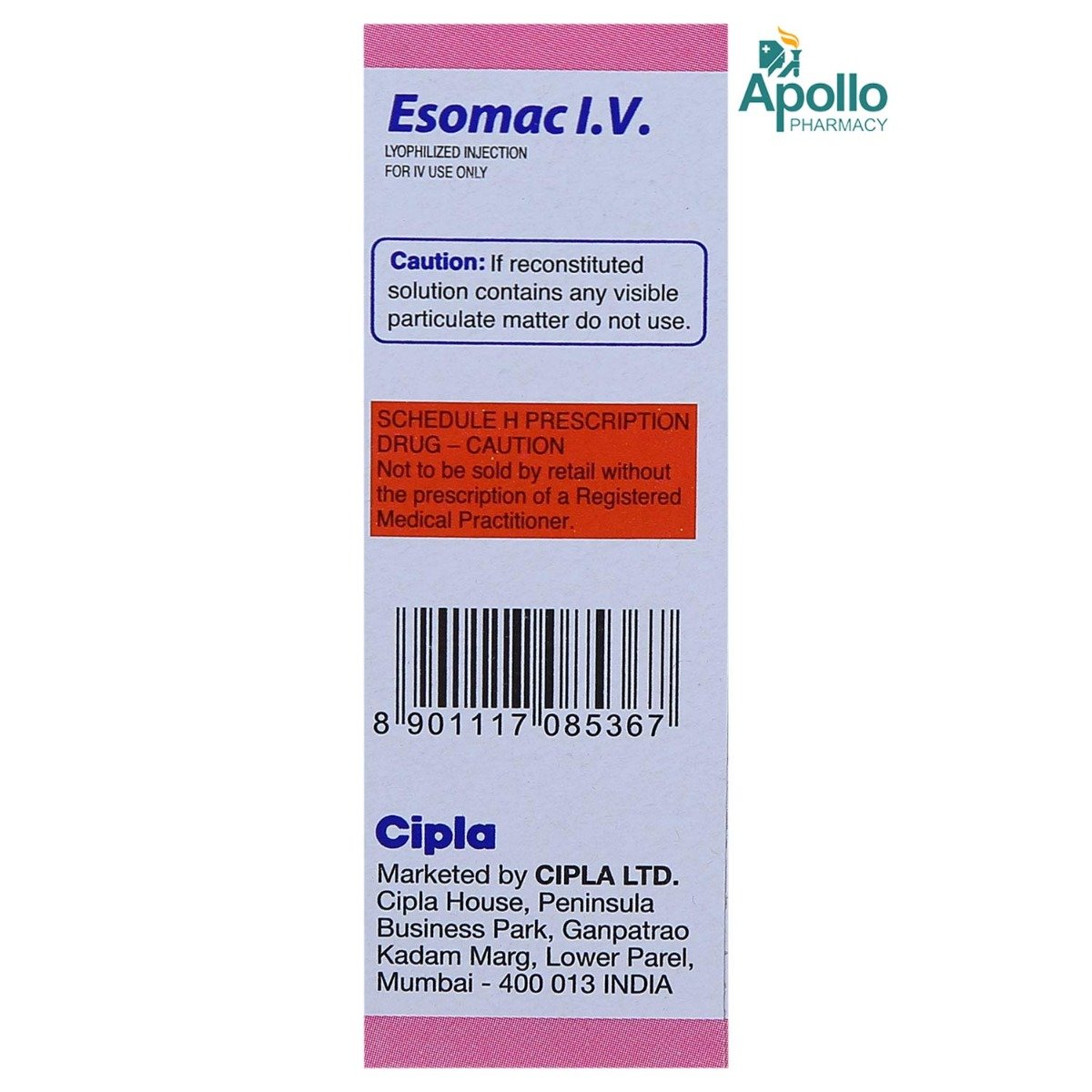
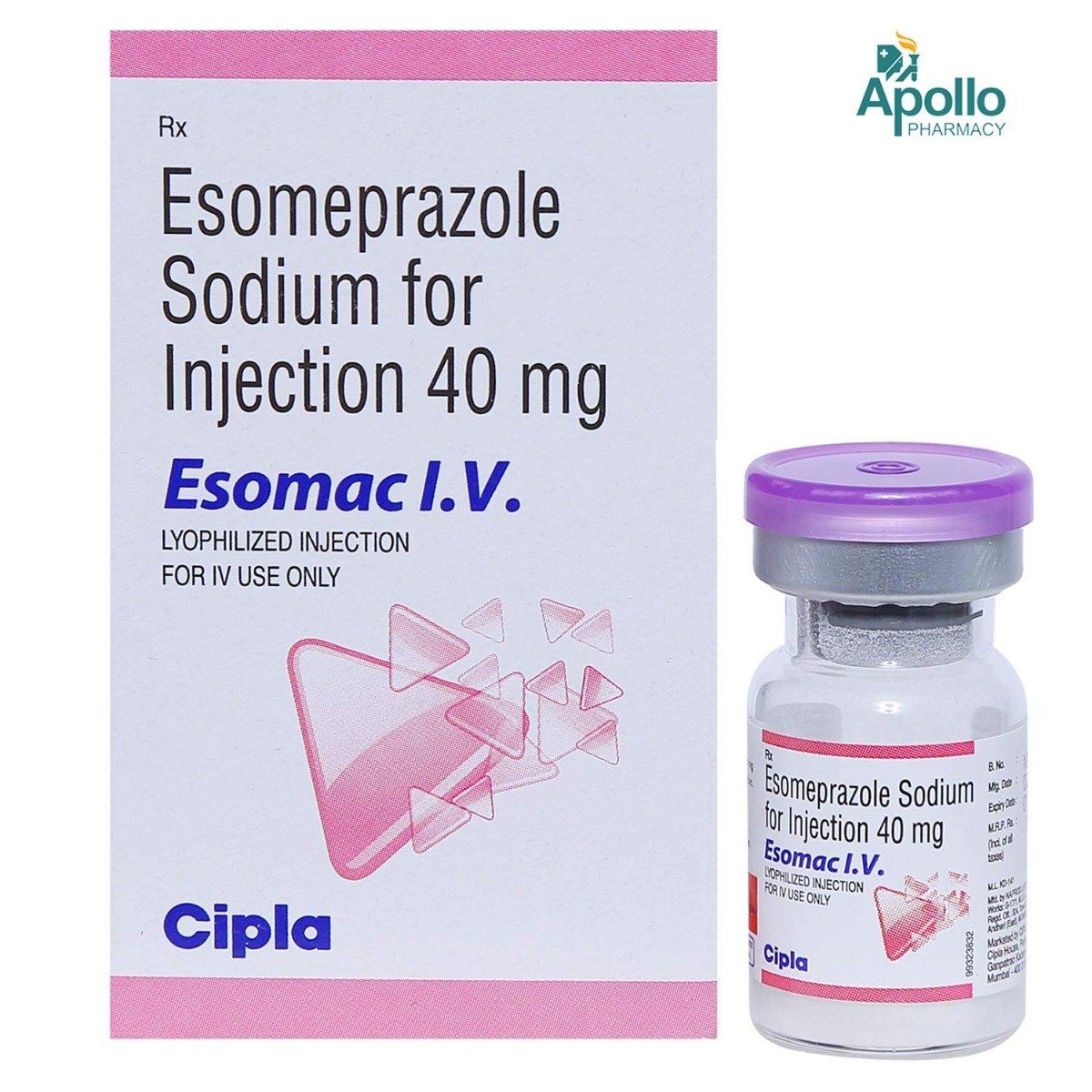
MRP ₹185
(Inclusive of all Taxes)
₹27.8 Cashback (15%)
know your delivery time
Provide Delivery Location
Composition :
Manufacturer/Marketer :
Consume Type :
Expires on or after :
Return Policy :

Secure Payment

Trusted by 8 Crore Indians

Genuine Products
Therapeutic Class
Country of origin
Manufacturer/Marketer address
Author Details
We provide you with authentic, trustworthy and relevant information
Disclaimer
Alcohol
Safe if prescribed
Drinking alcohol or alcoholic beverages with Esomac 40mg Injection may cause dehydration and elevate the level of stomach acid thereby decreasing its efficiency. So try to avoid/limit alcohol.
Pregnancy
Consult your doctor
Consult a doctor if you are pregnant. Your doctor will weigh the benefits and potential risks before prescribing Esomac 40mg Injection.
Breast Feeding
Consult your doctor
Consult a doctor if you are breastfeeding. Your doctor will weigh the benefits and potential risks before prescribing Esomac 40mg Injection.
Driving
Safe if prescribed
In rare cases, Esomac 40mg Injection may cause dizziness and impaired vision. Do not drive if you experience these symptoms.
Liver
Consult your doctor
Esomac 40mg Injection should be taken with precaution in patients with liver disease. Inform your doctor before receiving Esomac 40mg Injection if you have had a liver impairment/disorder history. The doctor will prescribe only if the benefits outweigh the risks.
Kidney
Consult your doctor
Esomac 40mg Injection should be taken with precaution in patients with kidney disease. Inform your doctor before receiving Esomac 40mg Injection if you have had a history of severe kidney impairment/disorder. The doctor will prescribe only if the benefits outweigh the risks.
Children
Safe if prescribed
Esomac 40mg Injection can be given to children aged 1 month or older under the supervision of a healthcare provider.
Product Substitutes
About Esomac 40mg Injection
Esomac 40mg Injection belongs to the class of drugs known as proton pump inhibitors used for the short-term treatment of gastroesophageal reflux disease (GERD) and stomach ulcers caused by NSAIDs. It also reduces the risk of further ulcer bleeding following an endoscopy in adults. Esomac 40mg Injection is indicated in adults and children aged 1 month or older who have had damage to their oesophagus and are unable to take esomeprazole by mouth.
Esomac 40mg Injection contains 'Esomeprazole' that works by reducing the amount of acid made in the stomach. As a result, it relieves symptoms of gastroesophageal reflux disease (GERD) and stomach ulcers.
Esomac 40mg Injection will be administered by a healthcare professional; do not self-administer. In some cases, Esomac 40mg Injection may cause headache, diarrhoea, stomach pain, constipation, wind (flatulence), nausea, vomiting, and injection site reactions such as pain, itching, swelling or redness. Most of these side effects do not require medical attention and may resolve with time. However, if they persist or worsen, consult a doctor.
Do not take Esomac 40mg Injection if you have/had any allergy or hypersensitivity to esomeprazole, any other proton pump inhibitor medications (such as pantoprazole, lansoprazole, rabeprazole, or omeprazole), or any of the other ingredients in Esomac 40mg Injection. Let your doctor know if you are taking nelfinavir (used to treat HIV infection). Consult your doctor if you are breastfeeding, pregnant, or intend to become pregnant.
Uses of Esomac 40mg Injection
Medicinal Benefits Mweb
Key Benefits
Esomac 40mg Injection contains esomeprazole which belongs to the class of drugs known as proton pump inhibitors used to treat gastroesophageal reflux disease (heartburn) and stomach ulcers caused by the use of NSAIDs (Non-Steroidal Anti-Inflammatory Drugs). It is also used to reduce the risk of further ulcer bleeding following an endoscopy in adults. Esomac 40mg Injection works by irreversibly blocking the proton pump gate (which secretes stomach acid), thereby reducing stomach acid and treating acidity-related conditions.
Directions for Use
Side Effects of Esomac 40mg Injection
- Headache
- Diarrhoea
- Stomach pain
- Constipation
- Wind (flatulence)
- Nausea
- Vomiting
- Injection site reaction
- Benign polyps in the stomach
Drug Warnings
You should avoid taking Esomac 40mg Injection if you are allergic to any of its components, other proton pump inhibitors or if you are taking certain HIV medications such as nelfinavir. Keep your doctor informed about your health condition and all the medicines you take to rule out any side effects/interactions. Consult your doctor if you are a pregnant woman/nursing mother. Let your doctor know if you have liver/kidney problems or if you are due to undergo Chromogranin A test. Taking Esomac 40mg Injection for more than a year may modestly raise your risk of hip, wrist, or spine fracture. If you use corticosteroids (which can increase the risk of osteoporosis) or have osteoporosis, tell your doctor.
Drug-Drug Interactions
Drug-Drug Interactions
Login/Sign Up
Esomac 40mg Injection may reduce rilpivirine absorption and blood levels, making the medicine less effective against HIV.
How to manage the interaction:
Although taking Esomac 40mg Injection with Rilpivirine can possibly result in an interaction, they can be taken together if prescribed by your doctor. However, contact your doctor immediately if your symptoms do not improve. Do not discontinue using any medications without consulting a doctor.
Esomac 40mg Injection decreases the absorption of Pazopanib. This results in reduced efficacy of Pazopanib.
How to manage the interaction:
Although taking Esomac 40mg Injection and Pazopanib can possibly result in an interaction, they can be taken together if prescribed by your doctor. Do not stop taking any medications without consulting your doctor.
Taking gefitinib with Esomac 40mg Injection may reduce the effectiveness of gefitinib.
How to manage the interaction:
Although taking Esomac 40mg Injection and Gefitinib together can possibly result in an interaction, they can be taken together if prescribed by your doctor. It is recommended to take Gefitionib 12 hours before or after taking Esomac 40mg Injection. Do not stop taking any medications without consulting a doctor.
Combining Esomac 40mg Injection with Citalopram can increase the risk of irregular heart rhythm. .
How to manage the interaction:
Co-administration of Esomac 40mg Injection with Citalopram can possibly result in an interaction, but it can be taken if your doctor has advised it. If you're having any symptoms like irregular heart rhythm, dizziness, fainting, or shortness of breath, it's important to contact your doctor immediately. Do not stop using any medications without a doctor's advice.
Esomac 40mg Injection may interfere with the absorption of Acalabrutinib and reduce their efficacy.
How to manage the interaction:
Taking Esomac 40mg Injection with Acalabrutinib together can result in an interaction, but it can be taken if your doctor has advised it. Do not stop using any medications without talking to your doctor.
Taking nelfinavir with Esomac 40mg Injection may decrease the effects of nelfinavir.
How to manage the interaction:
Although taking Esomac 40mg Injection and Nelfinavir can possibly result in an interaction, they can be taken together if prescribed by your doctor. Do not stop taking any medications without consulting your doctor.
Coadministration of Clopidogrel with Esomac 40mg Injection may reduce the effectiveness of clopidogrel.
How to manage the interaction:
Taking clopidogrel and Esomac 40mg Injection together possibly has an interaction, but you can take these medications together if your doctor has advised it. Do not stop using any medications without talking to your doctor.
Taking tacrolimus with Esomac 40mg Injection may significantly increase the blood levels of tacrolimus, which can lead to an increased risk of side effects.
How to manage the interaction:
Although taking Esomac 40mg Injection with Tacrolimus can result in an interaction, they can be taken together if prescribed by your doctor. However, contact a doctor immediately if you experience irregular heartbeat, blurring of vision, fever, chills, or muscle spasms. Do not discontinue any medications without consulting a doctor.
Esomac 40mg Injection reduces the absorption of atazanavir, resulting in reduced efficacy of atazanavir.
How to manage the interaction:
Although there is a possible interaction between Esomac 40mg Injection and atazanavir, they can be taken together if prescribed by a doctor. Do not stop using any medications without consulting a doctor.
Esomac 40mg Injection can make Dacomitinib less effective by reducing its absorption and lowering its concentration in the blood.
How to manage the interaction:
Co-administration of Esomac 40mg Injection with Dacomitinib can result in an interaction, but it can be taken if your doctor has advised it. Do not stop using any medications without talking to your doctor.
Drug-Food Interactions
Drug-Food Interactions
Login/Sign Up
Drug-Diseases Interactions
Drug-Diseases Interactions
Login/Sign Up
Drug-Drug Interactions Checker List
- CLOPIDOGREL
- WARFARIN
- ATAZANAVIR
- NELFINAVIR
- KETOCONAZOLE
- ITRACONAZOLE
- ERLOTINIB
- METHOTREXATE
- DIAZEPAM
- CILOSTAZOL
- CISAPRIDE
- DIGOXIN
- CITALOPRAM
- IMIPRAMINE
- PHENYTOIN
- TACROLIMUS
- RIFAMPICIN
- ST JOHN'S WORT
Habit Forming
Diet & Lifestyle Advise
- Avoid intake of acid or heartburn-triggering foods or drinks like onions, peppermint, chocolate, caffeinated beverages, citrus fruits or juices, tomatoes, high-fat and spicy foods.
- Before going to sleep, try to raise your bedhead so that your head and chest are higher than your feet. Do not use piles of pillows. Instead, one raised block is fine. This will not allow the stomach acid to backflow through your food pipe.
- Avoid alcohol and smoking. Alcohol can raise the production of stomach acid leading to heartburn and acid reflux. On the other hand, smoking damages the sphincter, which prevents backflow of the stomach acid back into the food pipe.
- Include high fibre-containing foods, berries, cherries, leafy green vegetables (kale, spinach) and black peppers in your meal. These foods are full of antioxidants, calcium and vitamin B 12 that can help cope with the long-term effects of the medicine.
- Fermented dairy products like miso, sauerkraut, and kimchi contain probiotics which help prevent excess stomach acid production. Cranberry juice can be beneficial for peptic ulcers and H pyroli infection.
- Avoid sitting continuously as it can increase stomach acid production. Take a break of 5 minutes in 1 hour by brisk walking or stretching.
All Substitutes & Brand Comparisons
RX
Out of StockCeptomep 40mg Injection
Elkos Healthcare Pvt Ltd
₹90
(₹81.0 per unit)
51% CHEAPERRX
Out of StockMeprazen 40mg Injection
₹95
(₹85.5 per unit)
48% CHEAPERRX
Out of StockCaptiva ES 40mg Injection
₹99
(₹89.1 per unit)
46% CHEAPER

Have a query?
Buy best Gastro Enterology products by
Abbott India Ltd
Sun Pharmaceutical Industries Ltd
Alkem Laboratories Ltd
Cipla Ltd
Torrent Pharmaceuticals Ltd
Intas Pharmaceuticals Ltd
Mankind Pharma Pvt Ltd
Lupin Ltd
Dr Reddy's Laboratories Ltd
Aristo Pharmaceuticals Pvt Ltd
Alembic Pharmaceuticals Ltd
Wallace Pharmaceuticals Pvt Ltd
La Renon Healthcare Pvt Ltd
Leeford Healthcare Ltd
Macleods Pharmaceuticals Ltd
J B Chemicals & Pharmaceuticals Ltd
Zydus Healthcare Ltd
Micro Labs Ltd
Zydus Cadila
Fourrts India Laboratories Pvt Ltd
Morepen Laboratories Ltd
Zuventus Healthcare Ltd
FDC Ltd
Eris Life Sciences Ltd
Cadila Pharmaceuticals Ltd
Medishri Healthcare Pvt Ltd
Alniche Life Sciences Pvt Ltd
Medley Pharmaceuticals Ltd
Tas Med India Pvt Ltd
Signova Pharma
Tablets India Ltd
Elder Pharmaceuticals Ltd
Wockhardt Ltd
Emcure Pharmaceuticals Ltd
Sanatra Healthcare Ltd
Glenmark Pharmaceuticals Ltd
Blue Cross Laboratories Pvt Ltd
East West Pharma India Pvt Ltd
Hetero Drugs Ltd
Indoco Remedies Ltd
Vasu Organics Pvt Ltd
Biological E Ltd
Primus Remedies Pvt Ltd
Akumentis Healthcare Ltd
Corona Remedies Pvt Ltd
Pfizer Ltd
Albert David Ltd
DR Johns Lab Pharma Pvt Ltd
Ajanta Pharma Ltd
Cadila Healthcare Ltd
Ipca Laboratories Ltd
Ordain Health Care Global Pvt Ltd
Systopic Laboratories Pvt Ltd
Ozone Pharmaceuticals Ltd
Foregen Healthcare Ltd
Medgen Drugs And Laboratories Pvt Ltd
Panacea Biotec Ltd
Samarth Life Sciences Pvt Ltd
Shine Pharmaceuticals Ltd
Adonis Laboratories Pvt Ltd
Dey's Medical Stores (Mfg) Ltd
Eskag Pharma Pvt Ltd
Hetero Healthcare Pvt Ltd
Indchemie Health Specialities Pvt Ltd
Meyer Organics Pvt Ltd
RPG Life Sciences Ltd
Troikaa Pharmaceuticals Ltd
Biochem Pharmaceutical Industries Ltd
Shreya Life Sciences Pvt Ltd
Sinsan Pharmaceuticals Pvt Ltd
3M India Ltd
Chemo Healthcare Pvt Ltd
Levin Life Sciences Pvt Ltd
Meridian Enterprises Pvt Ltd
Overseas Health Care Pvt Ltd
Saf Fermion Ltd
Sanzyme Pvt Ltd
Steris Healthcare
USV Pvt Ltd
Seagull Pharmaceutical Pvt Ltd
Votary Laboratories (India) Ltd
Win Medicare Ltd
Yuventis Pharmaceuticals
Aar Ess Remedies Pvt Ltd
Caplet India Pvt Ltd
Piramal Enterprises Ltd
Sanofi India Ltd
Cnx Health Care Pvt Ltd
Galpha Laboratories Ltd
Intra Labs India Pvt Ltd
Kinesis Pharmaceuticals Pvt Ltd
Msn Laboratories Pvt Ltd
Olcare Laboratories Pvt Ltd
Rapross Pharmaceuticals Pvt Ltd
Ronyd Healthcare Pvt Ltd
Saffron Therapeutics Pvt Ltd
Solariz Healthcare Pvt Ltd
Syndicate Life Sciences Pvt Ltd
Aurz Pharmaceutical Pvt Ltd
Biophar Lifesciences Pvt Ltd
Frequently Bought Together
Customers Also Bought


_0.jpg?tr=q-85)


